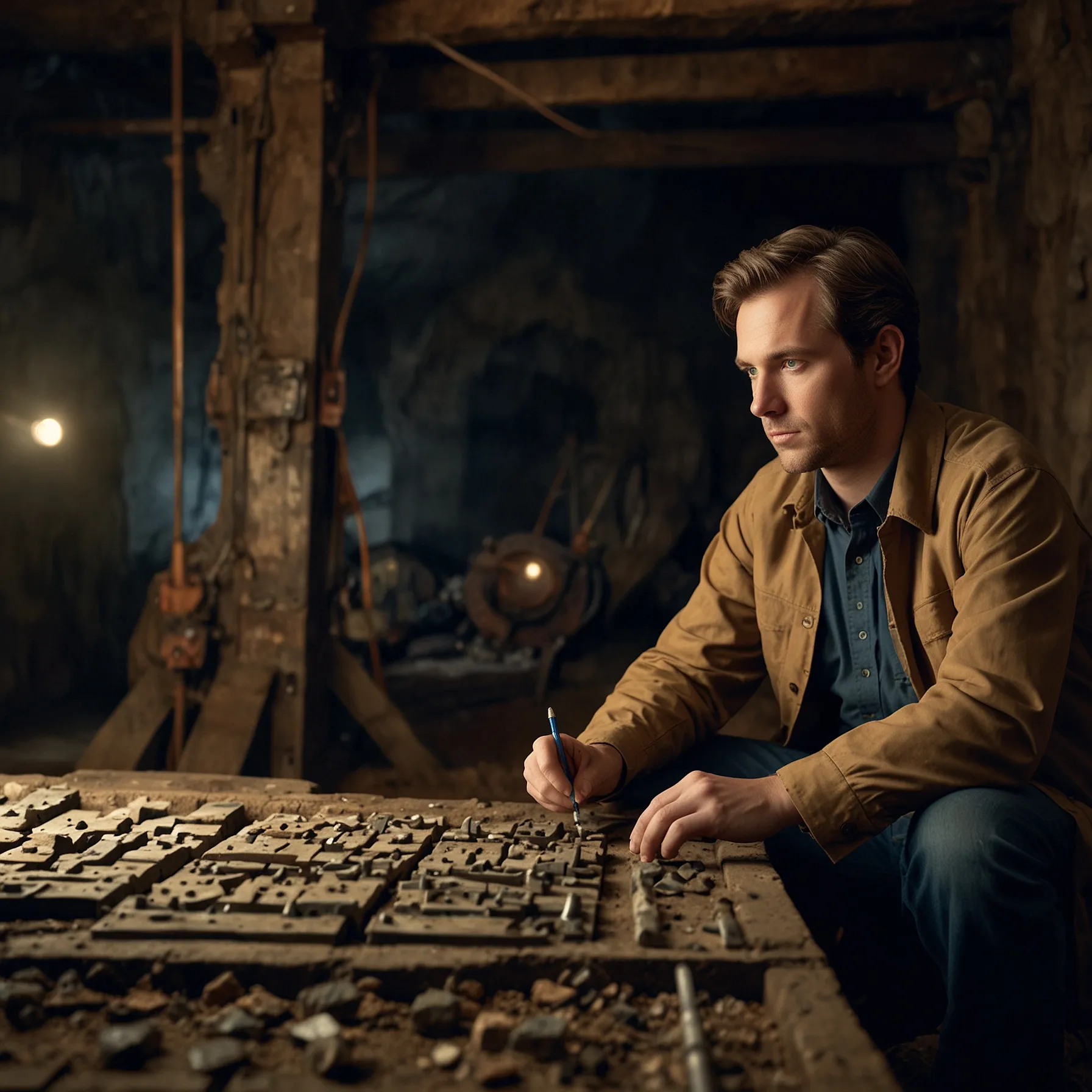You’ve probably heard that carbon dioxide is warming the Earth, but how does it work? Is it like the glass of a greenhouse, or perhaps like an insulating blanket? Not exactly. The real answer involves a bit of quantum mechanics, but let’s start with something simple like a rainbow.
When sunlight passes through a prism, you see the colors spread out. But if you look closely, you’ll notice dark gaps where some colors are missing. Different gases in the atmosphere absorb specific parts of this spectrum before the light reaches our eyes. For instance, oxygen grabs some of the dark red light, and sodium takes the yellow bands.
Why do these gases absorb particular colors? Enter the world of quantum mechanics. Each atom and molecule has specific energy levels for its electrons. To move an electron to a higher energy level, a molecule needs to absorb a specific amount of energy, no more, no less. This energy comes from light, which consists of tiny particles called photons. The amount of energy in each photon corresponds to its color—red photons with lower energy and longer wavelengths, purple photons with higher energy and shorter wavelengths.
Sunlight contains all the colors of the rainbow, offering a buffet of photons for gas molecules. When a molecule finds a photon with the exact amount of energy it needs, the photon disappears, and the molecule gets excited to a higher energy level. This creates a small gap in our rainbow.
Carbon dioxide (CO2), however, doesn’t absorb light directly from the Sun. Instead, it absorbs infrared light emitted by Earth. The Earth might not seem to be glowing, but it emits infrared radiation. Visible light is just a small part of the electromagnetic radiation spectrum, which also includes infrared, ultraviolet, X-rays, and radio waves. There’s no fundamental difference between visible light and other types of electromagnetic radiation; they differ only in energy levels.
Every object above absolute zero emits thermal radiation. The hotter the object, the higher the frequency of light it emits. For example, heating a piece of iron causes it to first emit infrared light and, at around 450 degrees Celsius, visible light. This is how traditional light bulbs work, though they waste 95% of their energy as heat.
Earth’s infrared radiation would escape into space if not for greenhouse gases in our atmosphere. Just as oxygen absorbs dark red photons, CO2 and other greenhouse gases absorb infrared photons. These photons provide the right amount of energy to excite CO2 molecules to higher energy levels. Shortly after, the molecules release the energy and emit photons in random directions. Some of this energy returns to Earth’s surface, causing warming. The more CO2 in the atmosphere, the more likely these infrared photons are to come back to Earth, thus warming our climate.
So, the role of CO2 in global warming is tied to its ability to absorb and re-emit infrared radiation, acting as a temperature regulator by trapping heat closer to the surface. This is the mechanism driving our planet’s changing climate.






